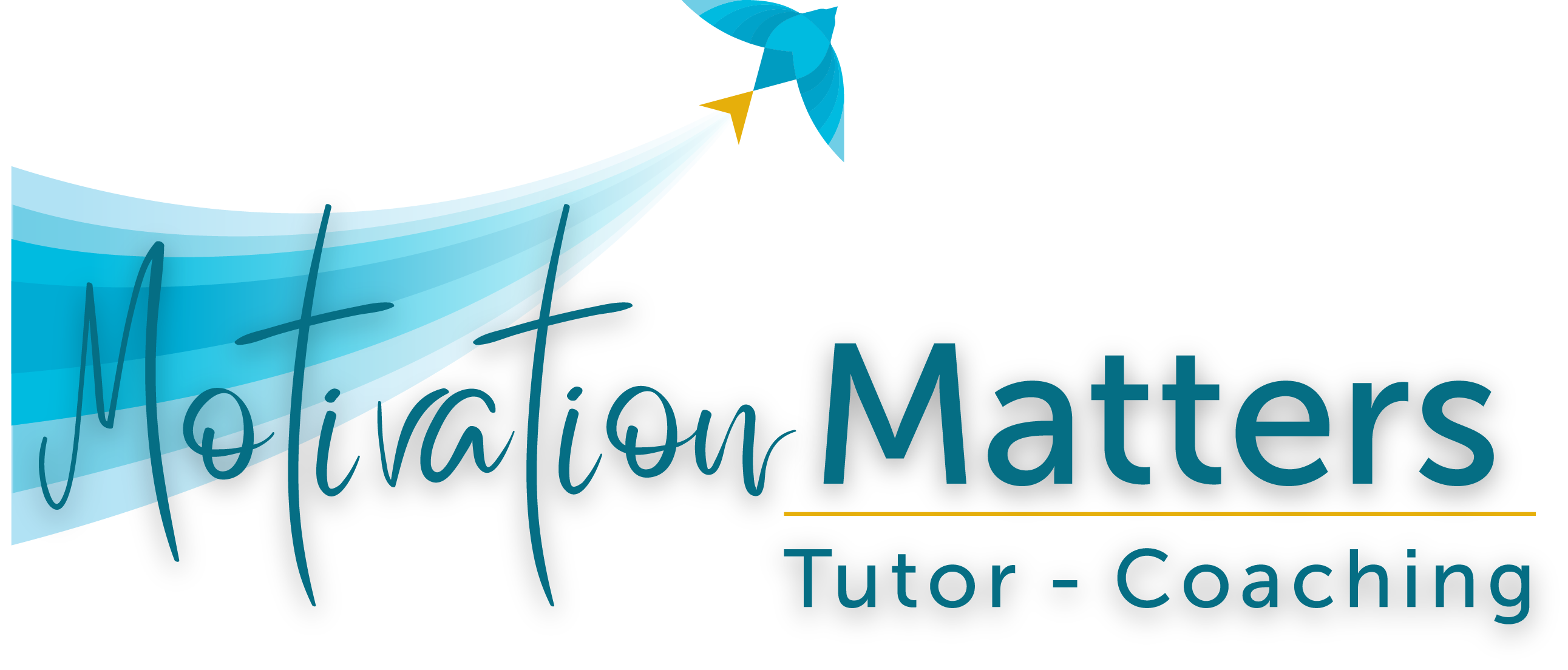Motivated individuals have a verve! It’s a vitality that moves their happiness and success needles up! They make progress look so easy that we call them special, gifted, talented. But nothing could be further from the truth. As any Serina Williams, Will Smith, Arianna Huffington, or Bill Gates will tell you, it’s not luck or genes that brighten their dazzle. It’s getting on and staying the course. It’s motivation that matters!
Getting and staying motivated is a skill. It’s all about what you set your mind to and the methods you use to make that really happen. Each of us can learn to get it, get more, and keep it going. It’s a matter of knowing how to create the motivation trifecta: desire, energy, and action.
I Want Desire
Desire is where motivation starts. It’s all about the dreams that ignite your emotions. That reaction ranges from mild interest to wild passion. And, it can be negative or positive: you can avoid danger or seek rewards. While negatives have their place, it’s the positives that really have the power. Think about it: when we choose not to do something – avoid danger, postpone an uncomfortable situation, or put off a difficult task – we’re not doing. We’re staying exactly where we are.
To motivate progress, imagine the positives that would improve your life. What would make your current experiences more interesting, useful, beautiful, better, faster, easier, or fulfilling? It might be a new car, or a different job, or upgrading skills like learning and memory. And those might be easy to attain or a far off dream. No matter. Then, imagine already having that very thing. What would you experience that’s better?
- Want a new car?
- Is it the smooth ride, the money you’ll save, or the picture of yourself behind the wheel that’s desirable?
- Want a better job?
- Is it more recognition, a salary boost, or better hours that turns up your desire?
- Want to learn faster?
- Or, remember more? Is it having more time for leisure or family, or is it having more knowledge to share that’s so attractive?
Motivating desire is more than the prize. It’s the emotional reactions, the greater happiness that living with it will bring. And, as the Dalai Lama says, that’s the underlying purpose of life and all of our strivings!
Motivation method #1: To create I want desire,
- Identify what could make life better
- Focus on your happiness reactions
I Can Energy
Once there’s desire, “can I do it” is the question. A “yes!” creates the energy that propels us. Just like any vehicle, before movement comes energy. The car doesn’t move on its own. It’s the combination of air and gas that produces combustion. And that’s the power for moving forward. So too with motivation.
Motivating energy comes from our power perceptions. It boils down to whether or not we think the proposed path is feasible, reasonable, and promising. To be feasible, we must have or be able to get the resources (knowledge, finances, tools, etc.) that we need. To be reasonable, our planned actions must be doable. And, of course, it all needs to bring the rewards we seek. The more we have of these three, the more combustion power or motivating energy we get.
The I can energy is low – or even missing – when we lack the necessary resources, we feel overwhelmed, or we think future efforts will repeat past failures. Any one of those can turn your inner engine into a sputtering stall. Fixing any power drains immediately upgrades motivation! So, for example, what gets us off the couch for that tasty snack is knowing it’s ready made in the kitchen, we can get it during a commercial, and it’ll taste great.
Motivation method #2: To create I can energy,
- Check for feasible, reasonable, and promising elements
- Fix any power drains
I Will Actions
Some paths in our lives are easier than others. Those social, leisure, and skillful actions that bring us pleasure have auto pilot motivation. But what about those stretch, want more than I have visions? To get started and maintain progress, they’ll need willed actions. We’ll have to cause something to happen. There are two methods that get that job done.
First, schedule one action. As simple as it sounds, setting a start time is like shifting a car into drive: so simple and so powerful! Too often we lose the I want and I can motivation because we don’t actually start or we become immobilized by having too many options. Want to exercise more? Plan to attend a specific class or take a short walk today, tomorrow, or on a specific date. Want to achieve more on a work or school assignment? Plan exactly when you will gather resources, have a meeting, brainstorm, take notes, etc. Do it ASAP! Any act will work; it’s setting up the “when” that prompts action!
Second, solve problems. Realize that imagined plans won’t perfectly match physical realities. Interruptions, unforeseen resource needs, distractions, other responsibilities, and under guessing task times will happen. Motivated succeeders who make it look so easy see these events as problems to be solved. Others see them as reasons to quit. And that’s the great divide between the two groups.
Motivation method #3: To create I will actions,
- Schedule one action now
- Solve problems
In the End…
Motivation is energy. It gets consumed. So, to keep it going, return frequently and as needed to the methods for creating…
I want desire
- Identify what could make life better
- Focus on your happiness reactions
I can energy
- Check for feasible, reasonable, and promising elements
- Fix any power drains
I will actions
- Schedule one action now
- Solve problems
Getting motivated is a lot like taking a trip. It’s an imagined journey that’s planned and followed, with modifications along the way. And like vacations, the best motivation is a trip that you don’t want to end!
Don’t miss a single IN-Powering© article!
Sign up for our newsletter to stay up to date on all things MMTC.
Don’t miss a single IN-Powering© article!
Sign up for our newsletter to stay up to date on all things MMTC.


